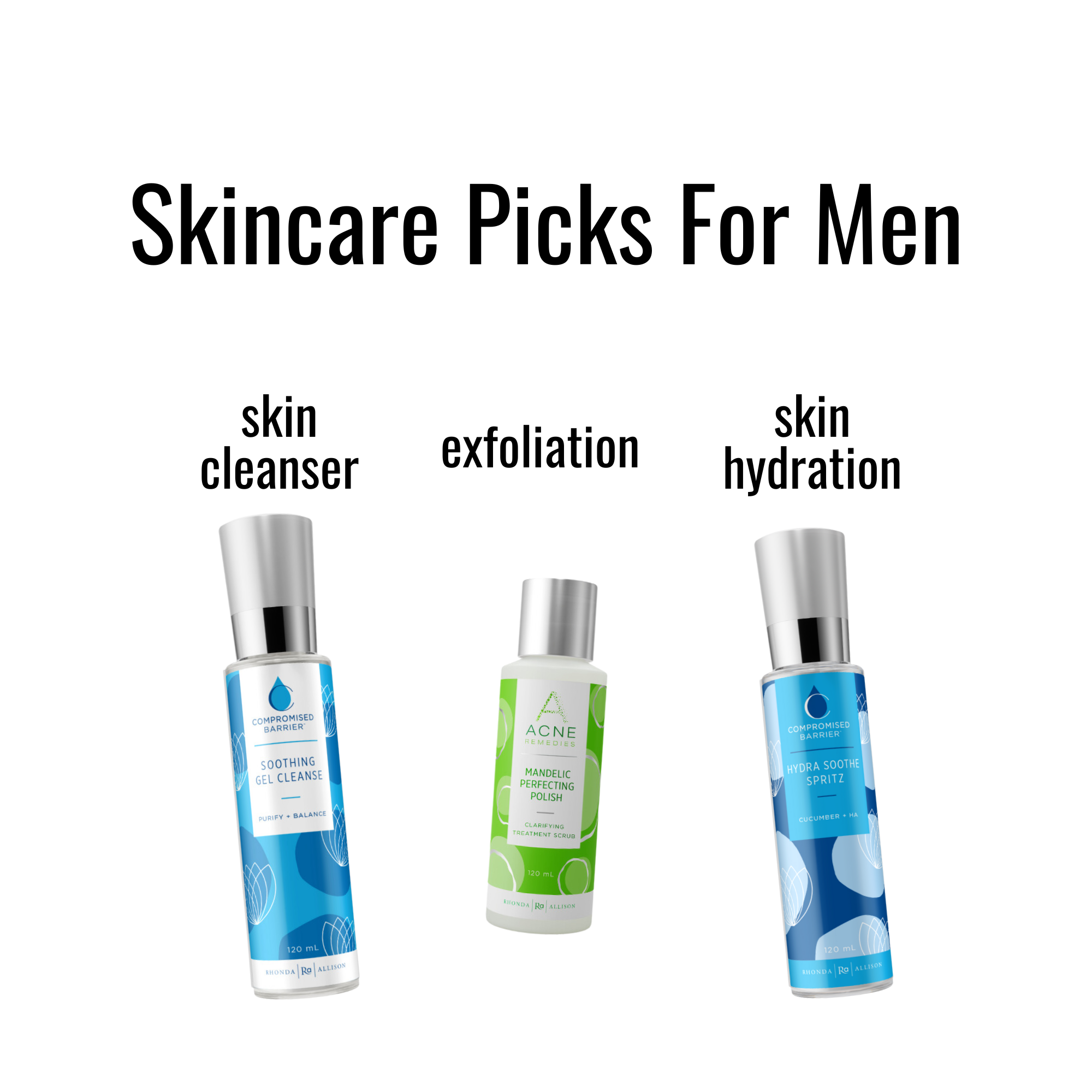The Ultimate Guide: How Often Should Men Shave
Shaving can be a nuisance for men. From the time it takes to get a clean shave to the irritation that can follow on the surface of the skin. It can be hard to keep your stubble under control while avoiding painful razor burns and pesky ingrown hairs.
I’m here to give you some answers AND solutions to the cons that come with shaving!
How Often Should Men Shave?
When it comes to facial hair, how often you shave is a personal preference. Whether you’re growing out a beard or sticking to a clean-shaven look, trimming, and shaving will be a part of your routine to keep the style you desire.
Your style preference, among other things, will affect how often you should be lathering up the shaving cream and getting to work.
What Factors Influence Men’s Shaving Frequency?
A few factors will play a big role in shaving frequency, including your hair growth rate, your personal preference and style, and your skin type. If your hair grows quickly, you will likely need to shave more regularly than if your hair grows slowly or sparsely across your face {a given}.
If your hair grows quickly and your preference is for a clean-shaven look, you will likely have to shave daily, to keep the appearance of a shadow and stubble at bay. If you have sensitive skin, daily shaving may *not* be the best for avoiding irritation. Many men opt for shaving every other day, which allows you to have a consistently clean-shaven look without the potential irritation and daily time it will take for shaving every day. For men with sparse hair or those looking to maintain a look of stubble, you may opt for weekly shaving.
Men who prefer the look of a beard will shave less frequently, depending on the type of beard they hope to maintain. A shorter beard, or stubble beard, will likely need a trim every 2-3 weeks to maintain the look of a shorter beard and clean up any edges or hair growing on the neck. A longer beard, usually 4 inches or more, will likely need to be trimmed every 6-8 weeks. Beard scissors will work wonders for trimming a longer beard and presently scraggly ends.
How Does Skin Type Impact Shaving
Along with your preference and hair growth rate, skin type plays a big role in how often you should be shaving to avoid irritation. Men with average skin {not overly oily or dry}, likely will not be prone to razor burn or breakouts. This should allow you to shave as frequently as you like {within reason}, as long as you are taking care of your skin with a good shaving cream and moisturizer.
Oily skin types can be prone to breakouts, and the addition of oil-based shaving products can result in clogged pores and ingrown hairs. Opting for a balm or powder stick can help you avoid any clogged pores as a result of shaving.
Men with dry skin types may notice irritation when shaving more frequently, especially daily or when not using a hydrating shaving balm or moisturizer post-shave. Especially in the winter months, men with dry skin should try to shave every other day and add extra hydrating products to their shaving routine to avoid irritation and uncomfortable itching of the skin after shaving.
Shaving For Healthy Skin
Your skin is the largest organ on your body and is surprisingly delicate, especially the skin on your face. Shaving can be an irritant to the sensitive skin on your face, and it’s important to avoid any more irritation than necessary. Things like razor burn and ingrown hairs may be a sign you are shaving too frequently, or that there may be something else you can add to your routine to make your shaving experience a bit more seamless.
How To Avoid Razor Burn
Razor burn is a common condition resulting in a red rash across the skin that can feel inflamed and itchy. It’s usually the result of shaving too frequently, or not using enough shaving cream or a dull blade. If you frequently get razor burn, try the following:
Add a thicker layer of shaving cream or gel to your face before shaving
Ensure you are regularly changing out your blade so it is sharp for each use.
Allow a few days in between shaves for your skin to recover {especially if you have active razor burn}
How To Avoid Ingrown Hairs
Razor bumps are also a common issue, resulting in small red bumps under the skin that are very small ingrown hairs. Whether you have these small bumps or larger ingrown hairs that resemble a blemish, they are likely the result of shaving against the grain. This can occur frequently in men with curly or thick facial hair.
Taking care to shave *with the grain of your hair* can help prevent razor bumps and ingrown hairs. Exfoliating can also be an excellent solution as this will remove any dead skin cells from the surface of the skin. This will help avoid any barriers from the hair exiting your follicle, which should result in fewer ingrown hairs and razor bumps.
Address Skin Concerns
Shaving {especially daily} can put a lot of pressure on your skin, and it is important to take care of your skin. A skincare routine with just a few products can make a world of difference when it comes to avoiding irritation and other skincare concerns, related to shaving or not.
Implement a Skincare Routine
With only a select few products used daily, your skin could see a noticeable difference in just a few weeks. I’m a firm believer in not overcomplicating your routine: cleansers, toners, serums, and moisturizers go a *long* way. When chosen properly, these products can provide amazing benefits to men, especially those who shave regularly.
At Gameela Skin, we specialize in men’s skincare: for a personalized product recommendation or services designed to tackle your skincare concerns, make an appointment today!

